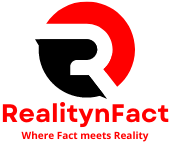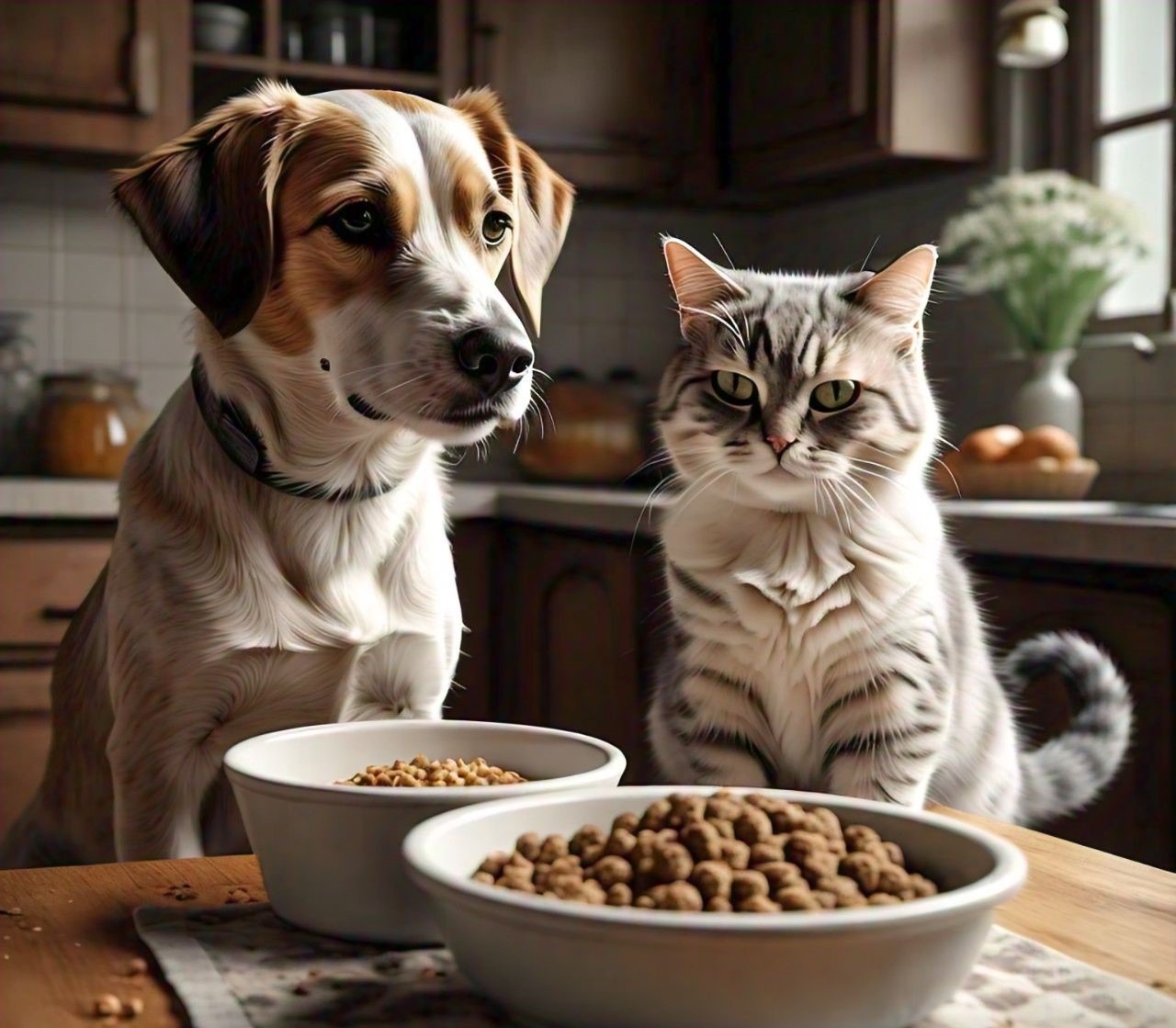Bland Diet for Dogs and Cats
Introduction
What is a Bland Diet?
A bland diet is a simple, easily digestible meal plan typically recommended for dogs and cats experiencing digestive issues, post-surgery recovery, or other health concerns that affect their gastrointestinal system. The goal of a bland diet is to soothe and stabilize the digestive tract by providing food that is gentle, low in fat, and free from harsh spices or irritants. While this diet is not intended for long-term feeding, it plays a crucial role in helping pets recover from stomach upset, vomiting, diarrhea, or other related ailments.
Why is a Bland Diet Important for Dogs and Cats?
The importance of a bland diet for dogs and cats cannot be overstated, especially during times of illness or recovery. When pets suffer from digestive disturbances, their stomachs and intestines become sensitive, and regular food may exacerbate the issue. A bland diet helps by reducing the workload on the digestive system and providing nourishment without causing further irritation. This diet is also valuable during recovery from surgery or illness, as it ensures pets receive the necessary nutrients while allowing their digestive systems to heal.
Understanding the Need for a Bland Diet
What Conditions Require a Bland Diet?
- Common Digestive Issues in Dogs and Cats: Many pets experience digestive problems at some point in their lives, and a bland diet can be a helpful tool in managing these issues. Digestive problems such as vomiting, diarrhea, and pancreatitis are common triggers for veterinarians to recommend a bland diet. These issues can arise from various causes, including dietary indiscretions, food allergies, infections, or underlying health conditions. The symptoms of these digestive problems often include frequent vomiting, loose stools, abdominal pain, and lethargy, which signal the need for a gentler approach to feeding.
- Post-Surgery Recovery: After surgery, pets often need time to regain their strength and heal. A bland diet is particularly beneficial during this period as it reduces the strain on the digestive system, allowing the body to focus on healing. For instance, surgeries involving the digestive tract, such as intestinal surgery or removal of foreign objects, necessitate a diet that is easily digestible and low in fat. This diet aids in preventing complications such as gastric torsion or post-operative infections, ensuring a smoother recovery.
How Long Should a Pet Stay on a Bland Diet?
- Duration of Bland Diet Feeding: The length of time a pet should remain on a bland diet depends on the severity of their condition and how well they respond to the diet. In general, a bland diet is recommended for 3 to 7 days, but this can vary. For minor digestive upsets, 2 to 3 days may suffice, while more serious conditions may require a longer period of bland feeding. It’s crucial to monitor your pet’s recovery closely and consult with your veterinarian to determine the appropriate duration. Signs that indicate it’s time to transition back to a regular diet include normal bowel movements, improved appetite, and increased energy levels.
Components of a New Bland Diet for Dogs and Cats
Key Ingredients in a Bland Diet
- Proteins: The cornerstone of any bland diet is a high-quality, easily digestible protein. Recommended protein sources include boiled chicken, turkey, and lean beef. These meats are low in fat and free from seasonings that could irritate the stomach. It’s important to remove any skin or bones before serving, as these can be difficult to digest. Eggs are another excellent protein source, especially when scrambled without butter or oil. Proteins are essential in a bland diet because they provide the necessary amino acids for tissue repair and immune function while being gentle on the digestive system.
- Carbohydrates: Carbohydrates in a bland diet are typically in the form of white rice or potatoes, both of which are easy for pets to digest and help bulk up stools. Rice, particularly white rice, is a preferred carbohydrate as it is low in fiber and less likely to irritate the intestines compared to whole grains. Potatoes, when boiled and mashed without seasoning, also provide a good source of carbohydrates. These foods serve to absorb excess stomach acid and solidify loose stools, making them ideal for pets with diarrhea.
- Fats: While a bland diet is generally low in fat to prevent further digestive issues, a small amount of healthy fats can be included. For instance, a teaspoon of pumpkin puree (not the spiced kind) can be added to provide some dietary fiber and healthy fats. It’s essential to keep fat content minimal as too much can exacerbate conditions like pancreatitis. Fat serves to provide energy, but in the context of a bland diet, it should be used sparingly.
- Liquids: Hydration is key when pets are on a bland diet, especially if they are suffering from vomiting or diarrhea. Plain broth (chicken or beef, with no onions, garlic, or seasonings) can be a good way to encourage fluid intake while also providing some nutrients. Electrolyte solutions made specifically for pets can also help, especially if dehydration is a concern. Fluids are crucial to prevent dehydration and support overall recovery.
Homemade vs. Commercial Bland Diets
- Making a Bland Diet at Home: One of the benefits of a homemade bland diet is that it allows you to control the ingredients and ensure the food is fresh and free from unnecessary additives. Simple recipes might include boiled chicken with white rice or turkey with mashed potatoes. It’s important to cook the ingredients thoroughly and serve them plain, without any spices, oils, or sauces. Pros of a homemade diet include complete control over ingredients and cost-effectiveness. Cons might include the time required to prepare the meals and the need for careful monitoring to ensure nutritional adequacy.
- Commercial Bland Diet Options: There are several commercial bland diet products available that are formulated specifically for dogs and cats. These products often come in canned or kibble form and are balanced to meet the nutritional needs of pets while being gentle on their digestive systems. Brands such as Hill’s Prescription Diet i/d and Royal Canin Gastrointestinal are popular choices. These diets are convenient and scientifically formulated, but they can be more expensive than homemade options. It’s essential to choose a product that matches your pet’s specific needs and consult with your vet before switching to a commercial diet.
Feeding Guidelines for a Bland Diet
How to Prepare and Serve a Bland Diet
- Cooking and Preparing the Food: When preparing a bland diet at home, it’s important to use fresh, high-quality ingredients and follow safe cooking practices. Boil the meat (chicken, turkey, or beef) until fully cooked, and avoid using any spices or oils. For rice, use white rice and cook it until it’s soft and easy to digest. If using potatoes, peel and boil them until they can be mashed easily. Serving the food in small, frequent meals is recommended to avoid overwhelming the digestive system. Start with small portions and gradually increase as your pet shows signs of improvement.
- Portion Sizes and Feeding Frequency: The portion size should be based on your pet’s weight, size, and overall health condition. A general guideline is to start with 1 to 2 tablespoons per serving for small dogs and cats, and 1/4 to 1/2 cup for larger dogs. Feed these portions 3 to 4 times a day. It’s crucial to monitor your pet’s response and adjust the portion sizes as needed. Overfeeding can strain the digestive system, so smaller, more frequent meals are preferred.
Transitioning to a Bland Diet
- Gradual Introduction of the Bland Diet: Introducing a bland diet should be done gradually to avoid shocking the digestive system. Start by mixing a small amount of the bland diet with your pet’s regular food, gradually increasing the bland diet portion over 24 to 48 hours. This gradual transition helps your pet adjust to the new food and reduces the risk of further digestive upset.
- Monitoring Your Pet’s Response: As you introduce the bland diet, carefully observe your pet for any adverse reactions such as continued vomiting, diarrhea, or refusal to eat. If your pet responds well, continue with the diet until symptoms improve. If problems persist, consult your veterinarian as it may indicate a more serious underlying condition or the need for diet adjustments.
Potential Challenges and Solutions
Common Problems with Bland Diets
- Pet Refusal to Eat: It’s not uncommon for pets to refuse a bland diet, especially if they are used to more flavorful foods. If your pet refuses to eat, try adding a small amount of low-sodium broth or plain pumpkin puree to enhance the flavor without compromising the diet’s bland nature. In some cases, gently warming the food can make it more palatable.
- Nutritional Balance Concerns: While bland diets are effective for short-term use, they are not nutritionally complete for long-term feeding. To ensure your pet gets all necessary nutrients, you may need to add supplements like vitamins, minerals, or digestive enzymes as recommended by your veterinarian. Long-term feeding of a bland diet without proper supplementation can lead to deficiencies, so it’s essential to discuss this with your vet.
When to Consult a Veterinarian
- Signs the Bland Diet Isn’t Working: If your pet continues to experience symptoms such as persistent vomiting, diarrhea, or lethargy despite being on a bland diet, it’s time to consult your veterinarian. These symptoms could indicate a more serious condition such as intestinal obstruction, inflammatory bowel disease, or chronic pancreatitis that requires more intensive treatment.
- Getting Professional Advice: Always seek veterinary advice before starting a bland diet, especially if your pet has pre-existing conditions or is on medication. Your vet can provide guidance on the appropriate ingredients, portion sizes, and duration of the diet. In some cases, they may recommend diagnostic tests to determine the underlying cause of the digestive issues and tailor the diet accordingly.
Long-Term Considerations for Bland Diets
Dietary Adjustments Post-Bland Diet
- Transitioning Back to Regular Food: Once your pet’s symptoms have improved and your vet gives the green light, it’s time to transition back to regular food. This should be done gradually over 5 to 7 days by slowly incorporating your pet’s regular food into the bland diet. Start by mixing 25% regular food with 75% bland diet and gradually increase the proportion of regular food. This slow transition helps prevent a recurrence of digestive issues.
- Maintaining Digestive Health After Recovery: Even after recovery, it’s important to maintain your pet’s digestive health with a balanced diet, regular feeding schedule, and avoiding foods that are known to cause upset. Consider incorporating probiotics or digestive enzymes into your pet’s diet to support gut health. Regular check-ups with your vet can help catch any potential issues early and keep your pet healthy.
Conclusion
The Bland Diet for Dogs and Cats is an effective and gentle approach to help your pets recover from digestive issues. Whether you’re dealing with an upset stomach, vomiting, or diarrhea, transitioning your pet to a bland diet can provide relief and support their recovery. Remember to monitor their progress and consult your veterinarian if you notice any concerning symptoms or if the condition persists.
For more information on fitness and health, check out these resources:
Explore more articles on our site:
- How to Increase Running Stamina for Beginners at Home
- What Happens if You Don’t Get Enough Sleep Consistently: Effects and Solutions
- The Ultimate Guide to Healthy Living in 2024
- The Future of Artificial Intelligence: What to Expect
- Unlocking the Potential of Chat GPT Software: Revolutionizing AI Conversations
- Best Sleeping Position for Peripheral Artery Disease [New 2024]
- How to Increase Running Stamina for Beginners at Home
- 5 New Inner Thigh Exercises for Men and Women





This is very useful information.
I learned something new today.